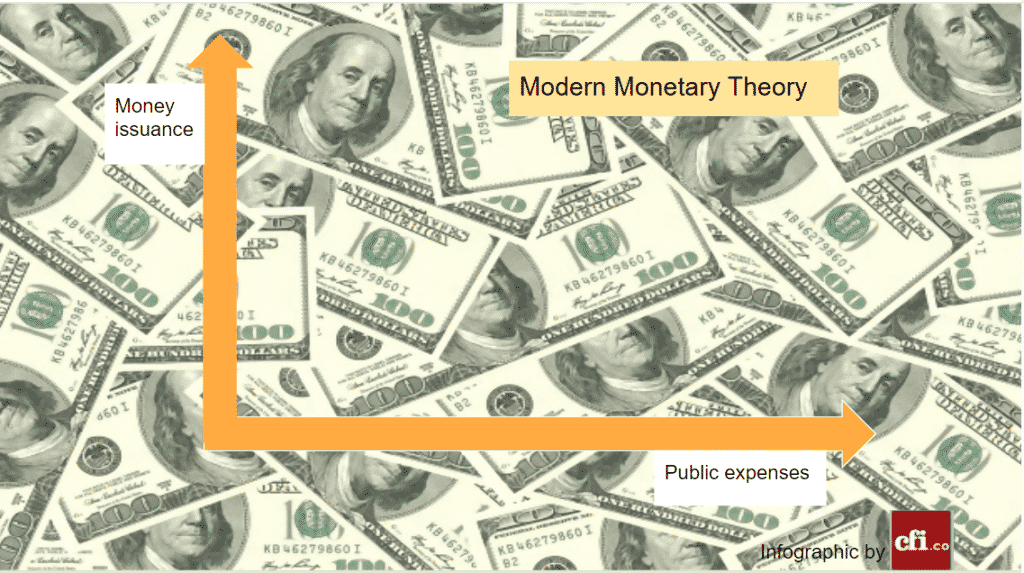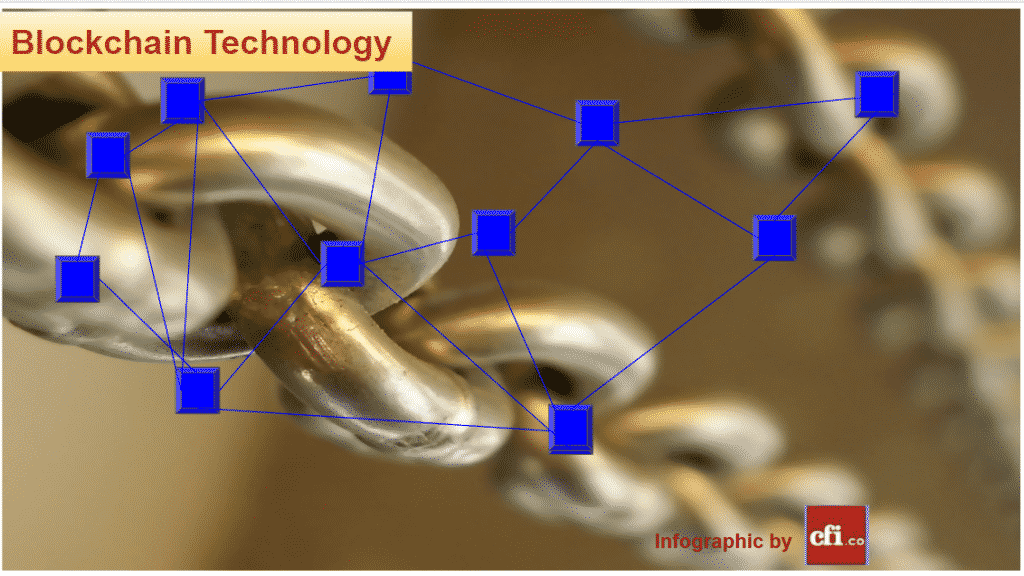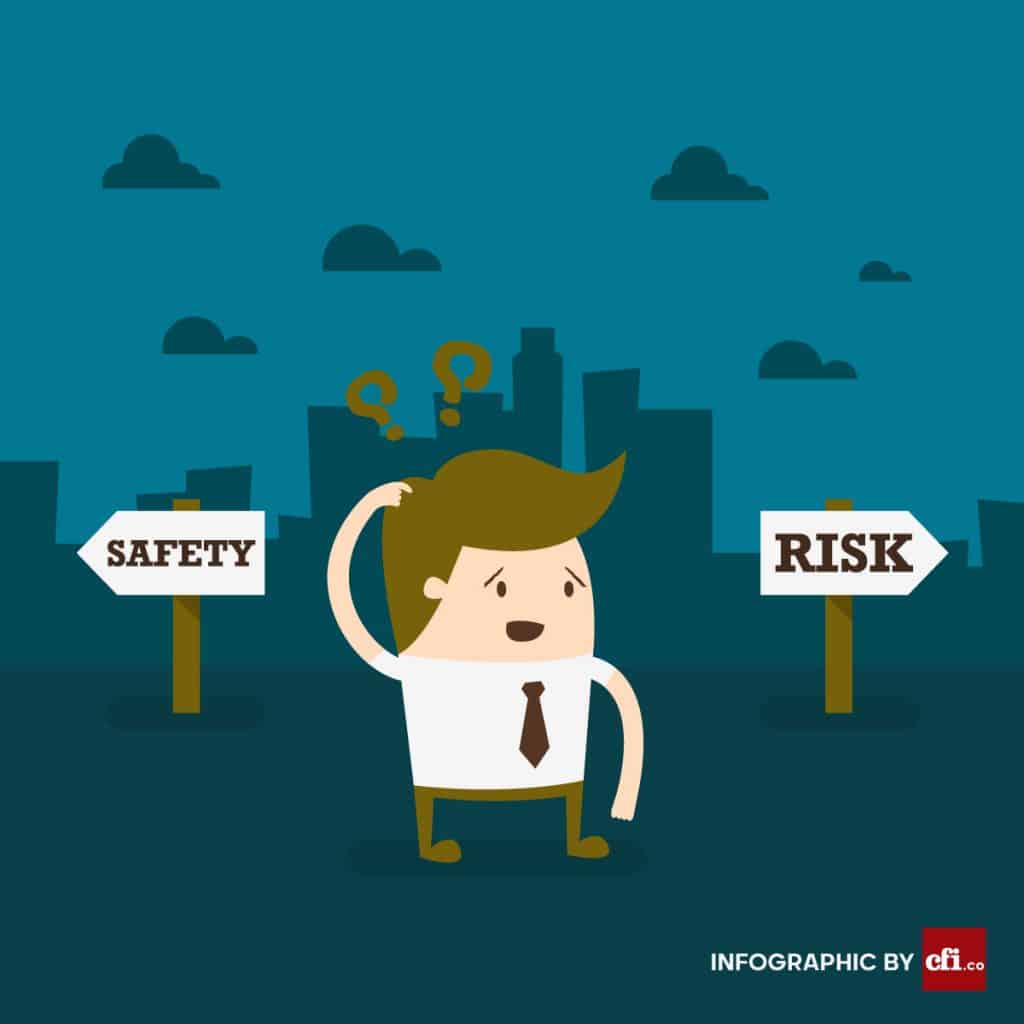Few theories have caused so many discussions as the Modern monetary theory (or MMT), which has been popularized by the leftmost sector of the Democratic Party, US, when it recurred to it to defend the huge expenses of the federal government on an attempt to detoxify the country from the fossil fuels and to finance a Medicare coverage for all.
The re-birth of the Modern Monetary Theory
MMT was created in the 1970s by the American economist Warren Mosler and shows similarities with older schools like Chartalism and Functional Finance. It was congresswoman and activist Alexandria Ocasio-Cortez who brought the debate to the table. In January 2019, she claimed that the government should implement Modern Monetary Theory to finance the Green New-Deal, applying political measures similar to those of the 1930s to augment the expenses but for ecologic reasons. In a public interview, she expressed that MMT should “be a larger part of the conversation.”
The approach
Despite the complexity and debate around MMT, there are some basic concepts shared by most of its adepts. The fundamental idea is that since the abandonment of the gold standard, a sovereign estate can print as much money as needed to finance public expenses and inject money into the economy, which they later withdraw in taxes. They sustain that governments cannot go broke, as they can always create more money to pay off debts.
According to MMT theorists, we have been misled to think that substantial government debt is followed by financial collapse. Moreover, they state that if the spending creates deficit, it isn’t a real problem, as the national deficit is, in fact, the private sector’s surplus.
Modern Monetary Theory and inflation
Mainstream economists argue that it is ridiculous to think that central banks can finance massive spending without causing high inflation or even hyperinflation. Modern Monetary Theory, on the other side, reckons that there is a direct relationship between the circulation quantity of money and the level of prices. Yet, although they recognize the risk of inflation, they see it as a constraint that will keep decision-makers honest. Inflation is perceived as a result of real resource limits, and the Congress should set the spending, tax, and industry policies to keep inflation under control.
Restrictions on Modern monetary theory
Modern Monetary Theory advocates state that governments don´t have a budget constraint, and the only limit they have is the availability of real resources, like supplies and workers. If government spending is excessive in relation to the available resources, inflation could occur; therefore, the importance of proper policies.
It´s undeniable that Modern Monetary Theory keeps gaining attention and adepts, especially in the progressive political sectors. However, they haven´t provided a convincing response to the inherent problem of inflation yet.

Is Modern Monetary Theory the panacea that will solve the world´s woes? Or is MMT just a new buzzword that keeps rising popularity? Implementing it would be a bold, risky experiment with no point of return or the miracle-solution we all crave for?
Could cryptocurrency and blockchain technology be the saviour?









